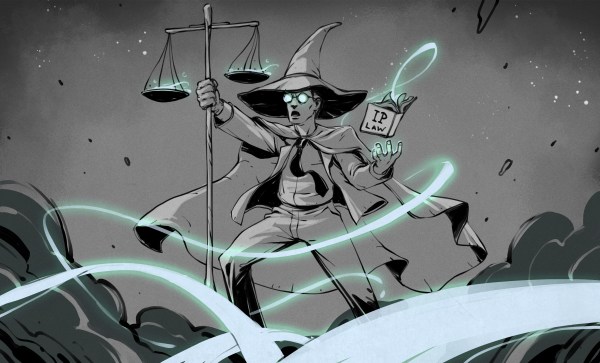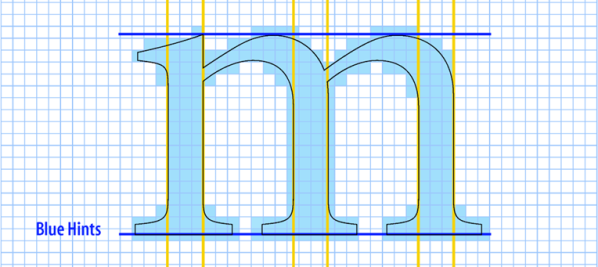Even for those with paraskevidekatriaphobia, today is your lucky day as Editor-in-Chief Elliot Williams and Staff Writer Dan Maloney sit under ladders with umbrellas while holding black cats to talk about the week in awesome hacks. And what a week it was, with a Scooby Doo code review, mushrooms in your PCBs, and the clickiest automatic transmission that never was. Have you ever flashed the firmware on a $4 wireless sensor? Maybe you should try. Wondering how to make a rotary Hall sensor detect linear motion? We’ll answer that too. Will AI muscle the dungeon master out of your D&D group? That’s a hard no. We’ll talk about a new RISC-V ESP32, making old video new again, nuclear reactor kibble, and your least satisfying repair jobs. And yes, everyone can relax — I’m buying her a new stove.
Download the podcast in case our servers get unlucky.
Check out the links below if you want to follow along, and as always, tell us what you think about this episode in the comments!


















